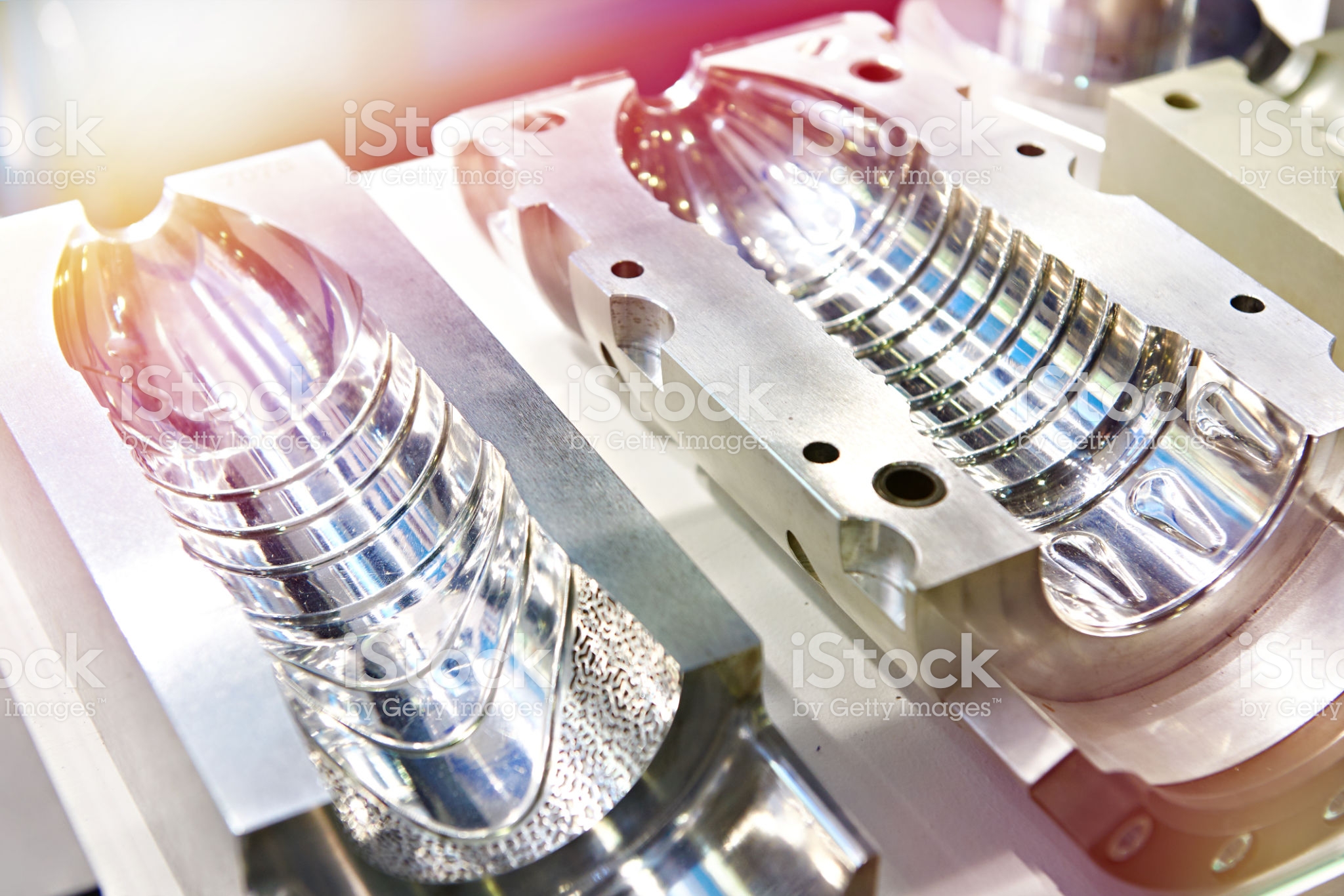Molding the Future: Exploring the World of Injection Molds
Welcome to the fascinating world of injection molds, where innovation and precision come together to shape tomorrow's products. Molds for injection molding play a pivotal role in manufacturing industries, serving as the backbone for producing a wide array of items we encounter in our daily lives. These molds are the silent heroes behind the scenes, bringing to fruition the designs and concepts conceived by engineers and designers. As we delve deeper into the intricacies of injection molding, it becomes evident that molds are not just tools but intricate pieces of engineering excellence, guiding molten material into the desired form with unparalleled accuracy and efficiency.
Types of Injection Molding Processes
Injection molding processes can be classified into various types based on different factors such as the method of injecting the material, the shape of the mold, and the temperature used during molding.
One common type is conventional injection molding, where the material is melted and injected into a mold under high pressure. This method is widely used for manufacturing a wide range of products due to its efficiency and accuracy.
Another type is gas-assisted injection molding, which involves the injection of gas into the mold to help fill out hollow sections or create complex shapes. This process helps reduce material usage and improve the quality of the final product.
Materials Used in Injection Molds
When it comes to creating durable and precise injection molds, selecting the right materials is of utmost importance. Steel is a commonly used material in the production of injection molds due to its high strength and wear resistance. Different grades of steel, such as P20, H13, and stainless steel, are chosen based on the specific requirements of the molding process.
Another material frequently employed in injection molds is aluminum. Although not as durable as steel, aluminum is favored for its excellent thermal conductivity and lightweight properties. This makes it a suitable choice for prototypes, low-volume production runs, and applications where rapid heat dissipation is crucial.
For specialized applications that demand superior performance, materials such as beryllium copper and ceramic are utilized in injection mold manufacturing. Beryllium copper offers high thermal conductivity and resistance to corrosion, making it ideal for applications requiring intricate detailing and tight tolerances. On the other hand, ceramic molds are valued for their exceptional hardness and resistance to wear, ensuring longevity and consistency in the molding process.
Importance of Proper Maintenance
Routine maintenance is essential in ensuring the longevity and efficiency of molds for injection molding . Proper care and upkeep not only extend the lifespan of the molds but also contribute to consistent product quality.
Regular cleaning and inspection of molds can prevent issues such as wear and tear, corrosion, or contamination. By adhering to a structured maintenance schedule, manufacturers can minimize downtime and avoid costly repairs or replacements, ultimately optimizing the production process.

Incorporating best practices for mold maintenance can lead to improved operational performance and reduced waste. Investing time and resources in upkeep pays off in the form of increased productivity and overall customer satisfaction.